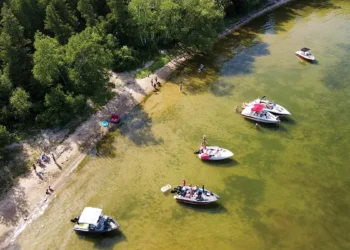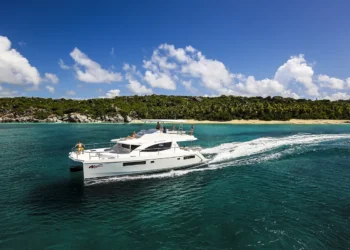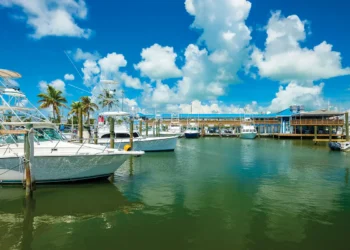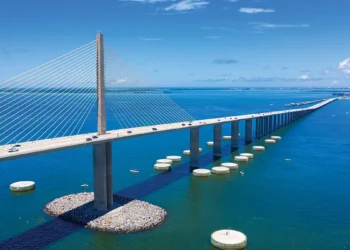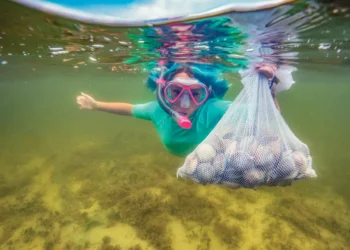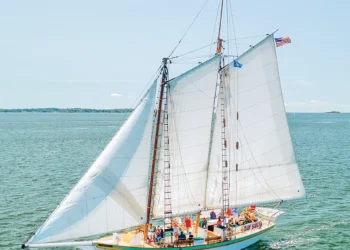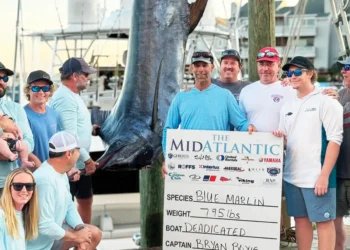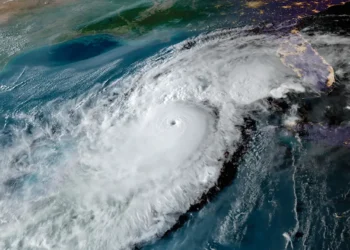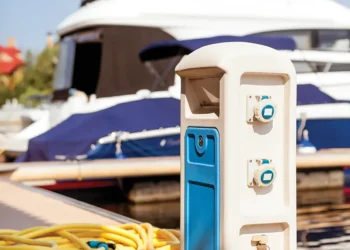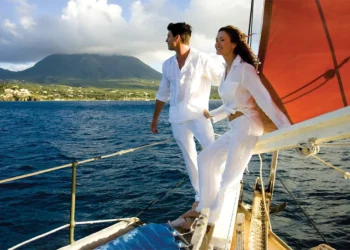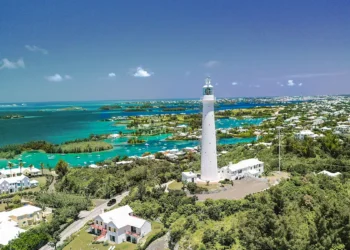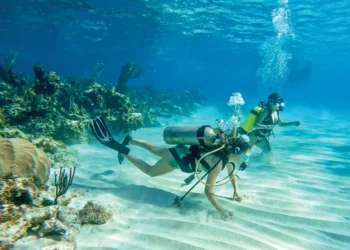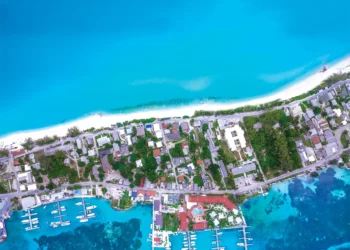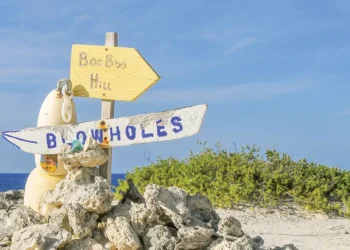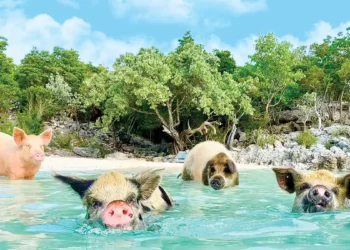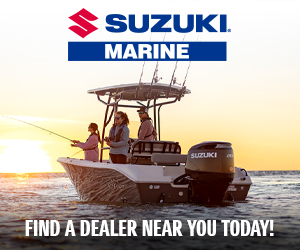Destinations
Destinations: Looking for information for your next cruising destinations? Whether you’re planning a sail in the Caribbean or summering in Newport, our destinations resources will help you plan the perfect excursion. Our expansive cache of destination information includes Monthly regional reports filled with seasonal tips and travel itineraries, Local knowledge on great boating locales, Cruiser resources—complete with photos, Insider tips, marina information and more!
Explore the 3 Best U.S. Boating Destinations in 2025
Explore the rivers, harbors, and bays of these different, but equally rewarding, boating destinations. Also Read edit post Why Every...
Read moreDetailsSail from St. Lucia to Grenada: A Luxury Charter You’ll Never Forget
This trip was supported by Atlas Trax, which provided satellite tracking and safety monitoring. It delivers real-time messaging and worldwide...
Read moreDetailsExplore the Best Fishing Locations in the Florida Keys
The island chain has many different options for the avid angler. Fishing the Florida Keys is a dream vacation for...
Read moreDetailsTop 10 Family Boating Destinations in the U.S.
Top 10 family-friendly U.S. boating destinations Summer is closing in. For northerners, that means it’s finally time to get the...
Read moreDetailsGulf Regional Report
August The 2025 bay scallop season dates have been set. The Florida Fish and Wildlife Conservation Commission has announced the...
Read moreDetailsU.S. Northeast Seaboard Regional Report
August The soaring temps of August make it the ideal time to get out on—and around—the water. For Northeast boaters,...
Read moreDetailsMid-Atlantic Regional Report
August Heavy hitters return this month for the tournament’s 34th year. Offshore tournament season is in action mode this month...
Read moreDetailsU.S. Southeast Seaboard Regional Report
August Consider how to prepare your boat as storm season heats up. Yes, it’s that time again. We're halfway into...
Read moreDetailsBahamas Regional Report
August Water, water everywhere and not a drop to drink. Often, first-time boaters to the Bahamas are shocked at the...
Read moreDetailsCaribbean Regional Report
August Expansion plans are in place for Safe Harbor in St. Kitts. It’s been a diamond in the rough for...
Read moreDetailsIs Bermuda Worth the Crossing? Here’s the Boater’s Take
This archipelago may seem like a long way to reach by boat, but it’s definitely worth exploring. Cruising in open waters...
Read moreDetailsTop Natural Wonders in The Bahamas You Must See
Bahamian national parks offer a safe haven for our diverse ecosystems, while allowing access to public. The Bahamas archipelago stretches...
Read moreDetailsWhy Bimini Bahamas Is the Perfect Quick Getaway
The Bahamian island is closer than you think. Many of us know that Bimini, Bahamas, is the island closest to...
Read moreDetailsEnjoy Trails, Views & Ruins in the Exumas Cays Land and Sea Park
Take an unforgettable trip through the Exuma Cays Land and Sea Park. Sometimes you just have to get off the boat!...
Read moreDetailsNorthern Exumas Cruising Itinerary Walk-through: Best Stops for Boaters
Pass through or stay awhile in the northern Exumas. The Exumas are a bucket list destination for many boaters. They’re...
Read moreDetails

